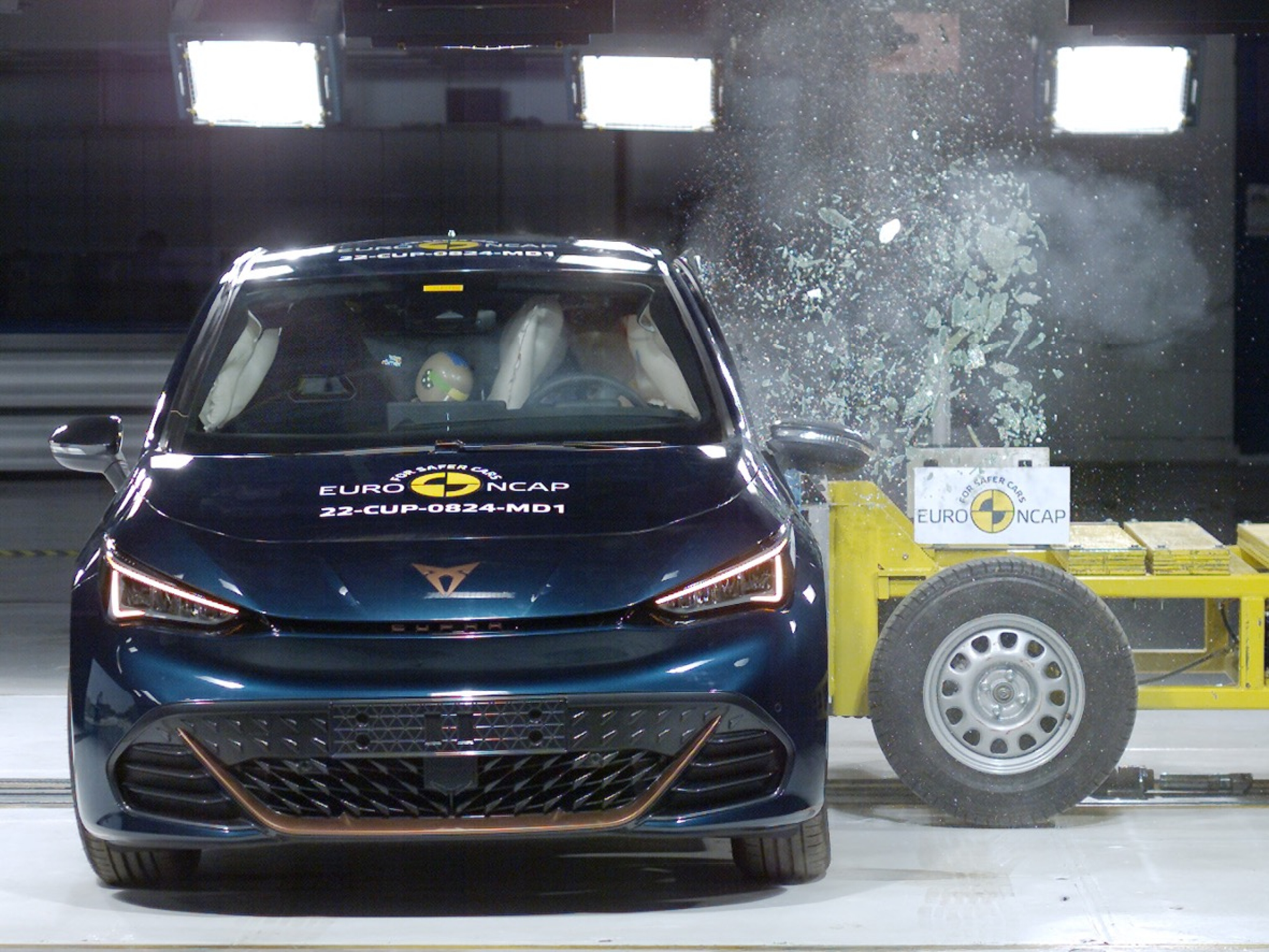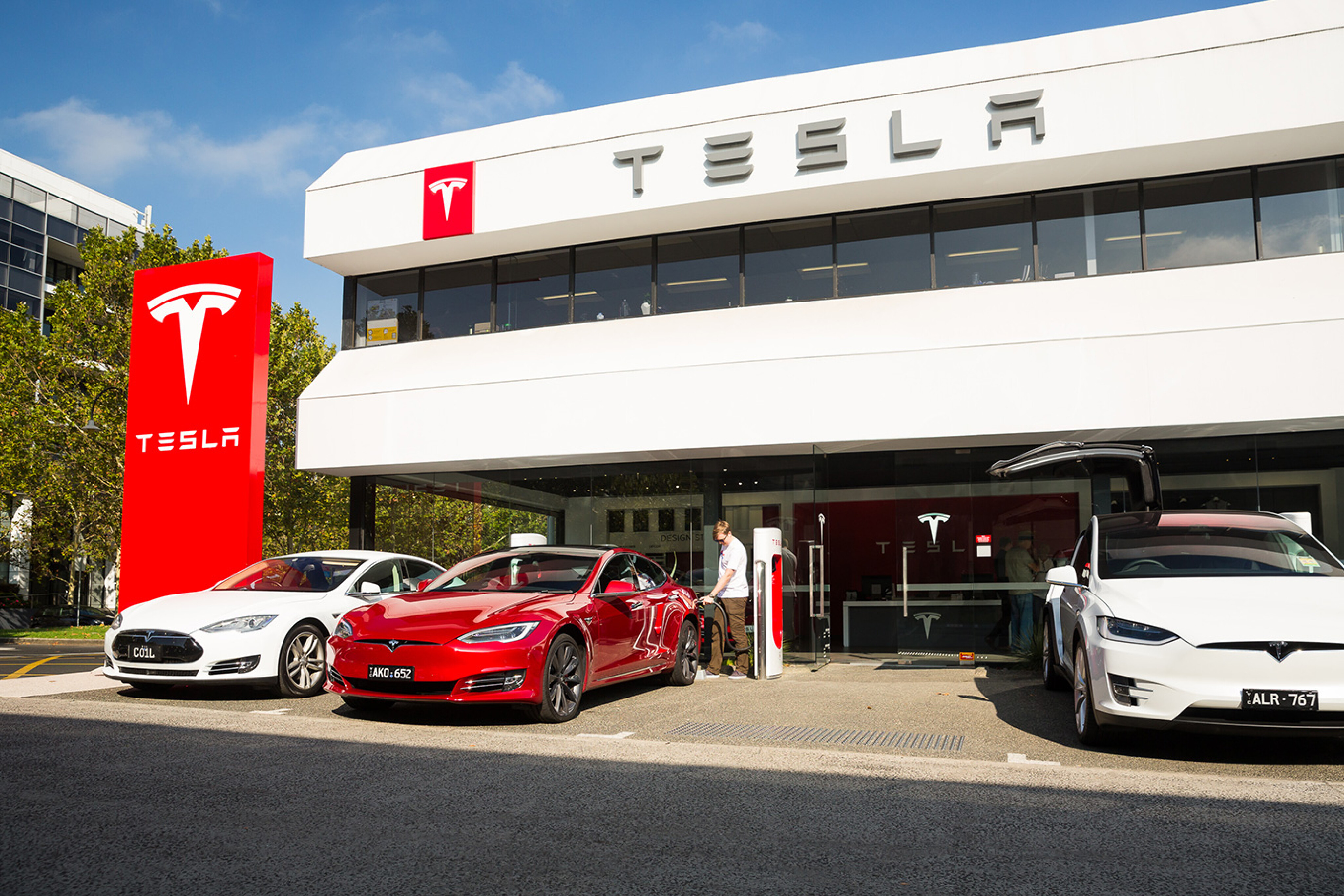
Victoria's Transport Accident Commission (TAC) is urging new car buyers to prioritise safety features when choosing their next car, in light of recent accidents involving vehicles aged older than ten years.
The TAC's latest safety campaign stresses the importance of active safety features, highlighting the importance of safety mechanisms, including autonomous emergency braking (AEB), lane keep assist, blind spot monitoring along with a comprehensive suite of airbags.
The campaign was triggered after new data revealed that 56 of 92 fatal accidents in Victoria, in 2023 so far, have involved a vehicle aged 10 years or older. The TAC goes on to suggest that, "if everyone drove the safest vehicle in [their] class, deaths and serious injuries would be reduced by up to a third".

Joe Calafiore, CEO of the TAC, adds: "remember, a state-of-the-art sound system and leather seats won't save your life in the event of a crash but having advanced safety features can truly be the difference between life and death."
Both active and passive safety arenas have benefitted from a huge surge in development over the past few vehicle generations, with the TAC pointing out that new and used vehicles, even at a similar price point, can vary wildly in their fitted safety suites.
The TAC is encouraging people to visit howsafeisyourcar.com.au [↗] to compare new and used vehicles by registration or by safety rating.

The TAC's latest safety campaign will appear across radio, print, digital and outdoor advertising and run until June 30, coinciding with National Road Safety Week.
Newser, safer vehicles is a key pillar in Victoria's ambitious Road Safety Strategy which targets a 50 per cent reduction to the road toll by 2030.
While the call for buyers to opt for the newest, safest car possible is a noble one, new car buyers continue to suffer lingering logistical delays pertaining to the new car supply chain.
Many manufacturers report that the delivery process is perpetually improving, but certain in-demand models still endure lengthy wait times.

Squeezes on new car supply over the past few years saw values of many secondhand vehicles buoyed and inflated.
While used car values, generally speaking, have stabilised from the dizziness of peak-Covid restrictions, good, safe, secondhand vehicles that were buoyed due to difficulties with new car availability, are still a costly purchase for many Australian motorists.
Interested in what the latest wait times are for the most popular models in Australia? Check out our New Car Delays page below.

COMMENTS